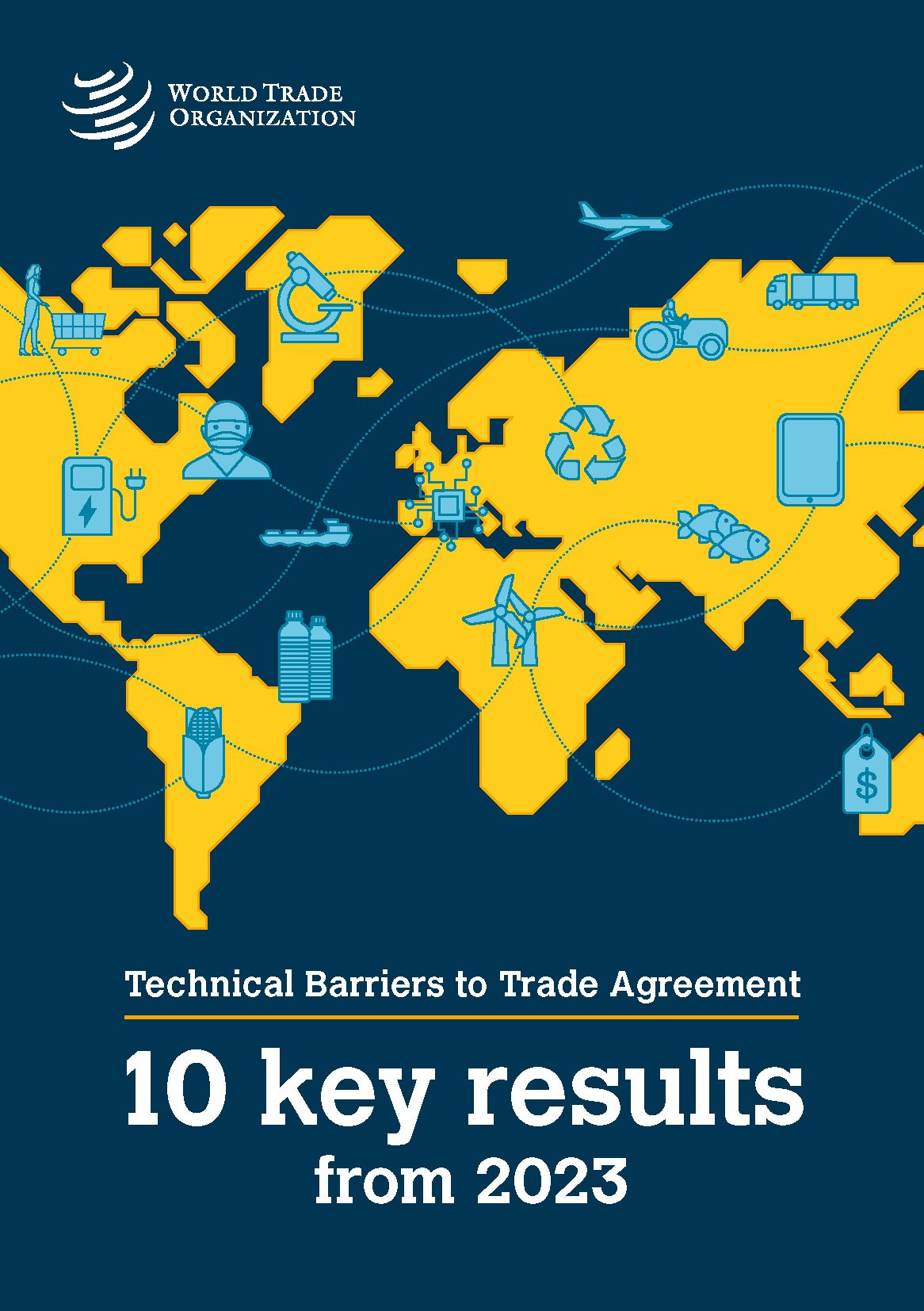The Agreement on Technical Barriers to Trade (TBT) is an international treaty administered by the World Trade Organization (WTO).
- Adopted: Uruguay Round of GATT
- In force: 1995 (with the creation of the WTO)
- Purpose: To ensure that technical regulations, standards, testing, and certification procedures do not create unnecessary obstacles to trade.
- Legitimate objectives: Protection of human, animal, and plant life, environmental safety, and consumer interests.
Purpose
The TBT Agreement:
- Prevents technical requirements from being disguised trade restrictions.
- Recognizes the right of countries to regulate for legitimate interests (health, safety, environment).
- Promotes international standards to harmonize trade requirements.
Structure of the TBT Agreement
The Agreement is divided into five parts:
Scope
- Covers all products, industrial and agricultural.
- Excludes:
- Services
- Sanitary and phytosanitary measures (SPS Agreement)
- Government procurement specifications
Technical Regulations
- Outlines principles and obligations for creating technical regulations.
Conformity Assessment
- Covers testing, certification, and inspection procedures.
Information and Assistance
- Members must share information and assist in drafting technical regulations.
Institutional and Dispute Provisions
- Establishes the Committee on Technical Barriers to Trade and sets dispute settlement procedures.
Scope of Application
Article 1 defines the scope:
- Substantive scope: Technical regulations, standards, and conformity assessment.
- Personal scope: Applies to all WTO members.
- Temporal scope: Obligations are ongoing as long as members maintain such measures.
Key Categories (Annex 1)
Technical Regulation (Annex 1.1)
- Mandatory requirements on product characteristics or production methods.
- Includes terminology, packaging, labelling.
- Example: Batteries must be rechargeable; wine must be in green bottles.
Standard (Annex 1.2)
- Voluntary guidelines approved by a recognized body.
- Producers often comply for market access and consumer trust.
Conformity Assessment (Annex 1.3)
- Procedures to verify compliance with regulations or standards.
- Examples: Testing, inspection, certification.
Issues of Scope
Mandatory vs. Voluntary:
- Technical regulation → mandatory
- Standard → voluntary
Case Study:
- Tuna-Dolphin (GATT I & II) → US "dolphin-safe" label considered a technical regulation because it effectively restricted market access.
Non-product Related Processes (NPRP):
- Labels like organic, fair trade, free-range → debated if they are technical regulations.
- Some case law implies that labeling can fall under TBT.
Key Principles and Obligations
1. Non-Discrimination
- No less favorable treatment for imported products vs domestic products.
- Applies to technical regulations and conformity assessments (Art. 2.1, 5.1).
2. Avoidance of Unnecessary Barriers to Trade
- Article 2.2: Regulations cannot be more trade-restrictive than necessary to achieve legitimate objectives.
3. Harmonization with International Standards
- Members should base technical regulations on international standards (Art. 2.4, 5.4).
- WTO TBT Committee’s “Six Principles” guide standard development.
4. Notification Requirements
Members must notify other members of proposed measures when:
- The measure is a technical regulation or conformity assessment.
- It does not align with international standards.
- It has a significant effect on trade.
Urgent situations (Art. 2.10): Safety, health, environmental, or national security concerns allow fast-track notifications.
Adjudication of Disputes
- Article 14.1: Disputes are handled by the WTO Dispute Settlement Body.
- Mechanisms to support the TBT Agreement:
- Enquiry Points (TBT Windows) for sharing information
- Technical assistance to help developing countries comply with global standards
See Also
- Codex Alimentarius
- World Trade Organization (WTO)
- Sanitary and Phytosanitary (SPS) Agreement
References & External Links
- Text of the TBT Agreement(https://www.wto.org/english/docse/legale/17-tbt.pdf)
- Analytical Index to the TBT Agreement (2004 update)(https://www.wto.org/english/rese/bookspe/analyticindexe/tbt01e.htm)
